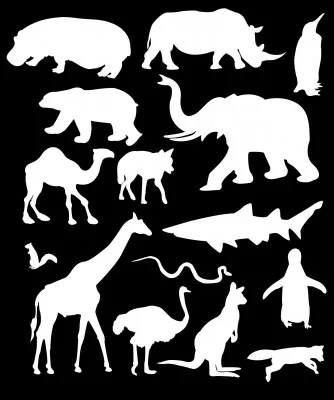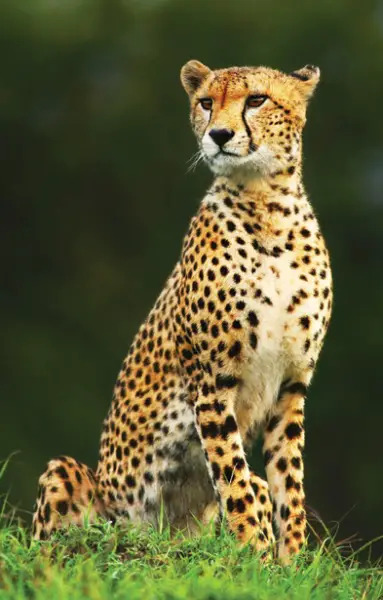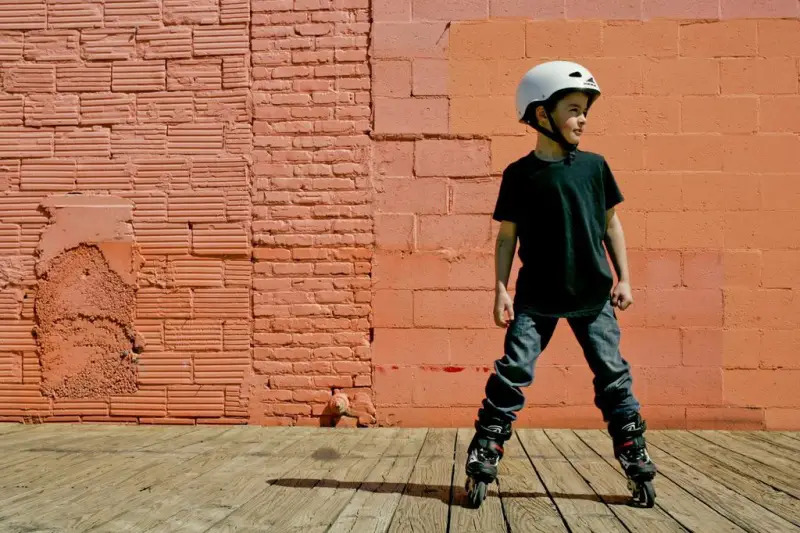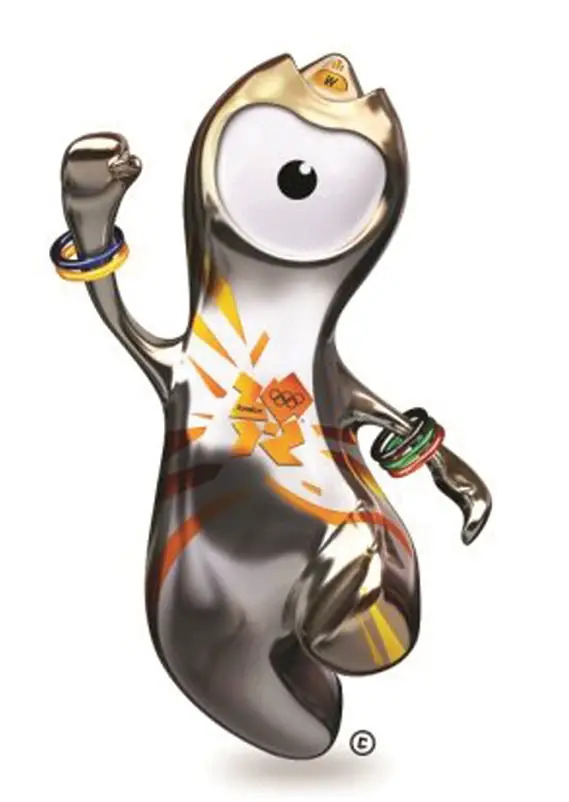The opening ceremony of the London 2012 Summer Olympics is July 27, and whether it’s your child’s first Summer Olympics or they’ve watched the games before, the National Wildlife Federation offers a creative way to get them excited about the global event by comparing Olympians with wild animals that use similar skills for survival.
The National Wildlife Federation offers a unique way to get your kids excited about the upcoming London 2012 Summer Olympics while also teaching them a few fun facts about wildlife. Who knew a tiny primate in the jungle leaps similar to an Olympic gymnast when searching for food?
High-Jump Stars Going the Distance Then there is the Arctic tern, a bird with the longest migration, traveling from the Arctic all the way to the Antarctic, and back again, each year. They literally migrate from one end of the planet to the other, 50,000 miles in total! The sooty shearwater would take the silver medal with a migrating journey beginning in New Zealand and ending in the North Pacific, 40,000 miles annually. The Pacific gray whale can only hope for the bronze. It’s the longest migrating mammal traveling a round-trip journey of 12,000 miles Broad-Jump Winners Diving Specialists Jungle Gymnasts
Run, Run, Fast as You Can Fast Swimmers |
This article is courtesy of the National Wildlife Federation, a 75-year-old organization that aims to inspire Americans to protect wildlife. Learn more about other amazing animals at nwf.org.
Also see:
- Three Ways to Make the Olympics Educational for Your Kids
- A Parent’s Guide to Getting into the Olympic Spirit
- How 4 U.K Students Created the Official Paralympic Torch























